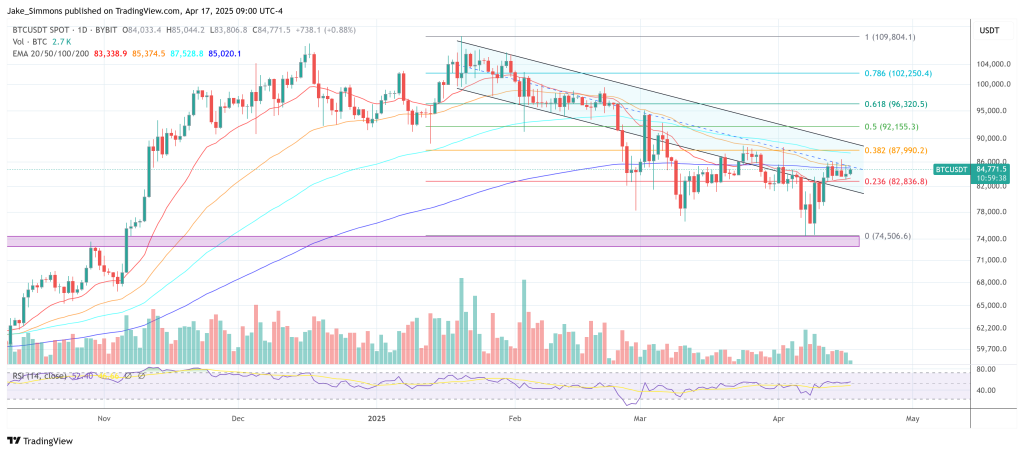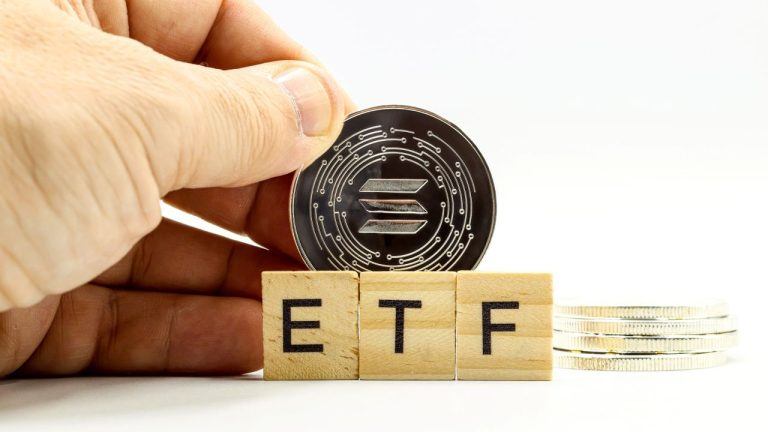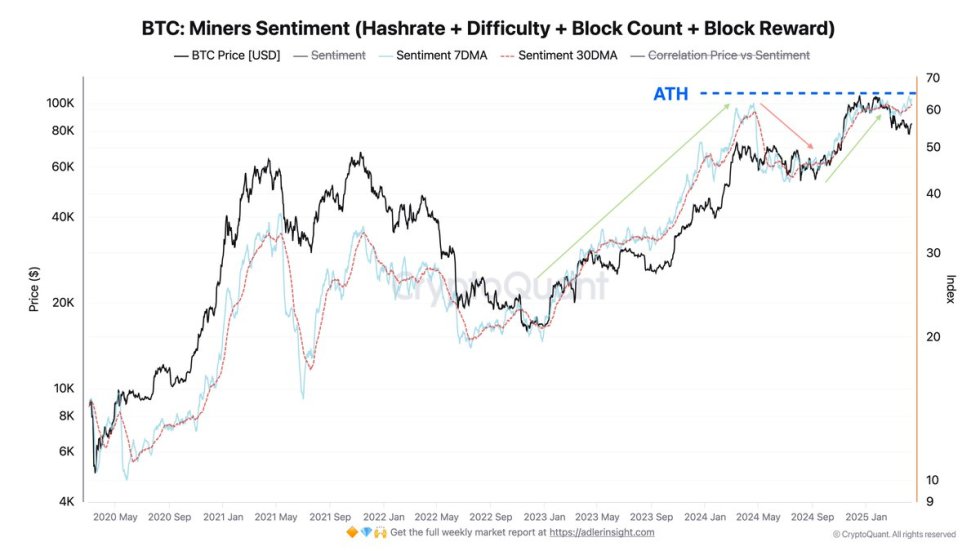Assumption: blocks are twice as frequent and have half the blockspace each (so blockspace per time remains constant)
Does this reduce MEV per time? (say 2 quicker & smaller vs 1 regular block)
The thought I had:
As a simplification let's assume there are n transactions in a small & quick block and the miner can decide their order (this absolutely simplifies how the mempool and MEV works, maybe this is a critical flaw in my thought?). There are n! possible permutations for how transactions can be ordered combinatorically. In two of the small & quick blocks, miners hence have 2(n!) of options. The regular block holds 2n transactions which allow (2n)! permutations.
As 2(n!) < (2n)!, n>1, the optionality is superadditive, ie bigger, when combining the two smaller & quicker blocks. If MEV is a function of optionality, the smaller blocks would reduce MEV per time.
Any ideas/existing material on this?
[link] [comments]

You can get bonuses upto $100 FREE BONUS when you:
💰 Install these recommended apps:
💲 SocialGood - 100% Crypto Back on Everyday Shopping
💲 xPortal - The DeFi For The Next Billion
💲 CryptoTab Browser - Lightweight, fast, and ready to mine!
💰 Register on these recommended exchanges:
🟡 Binance🟡 Bitfinex🟡 Bitmart🟡 Bittrex🟡 Bitget
🟡 CoinEx🟡 Crypto.com🟡 Gate.io🟡 Huobi🟡 Kucoin.




















Comments